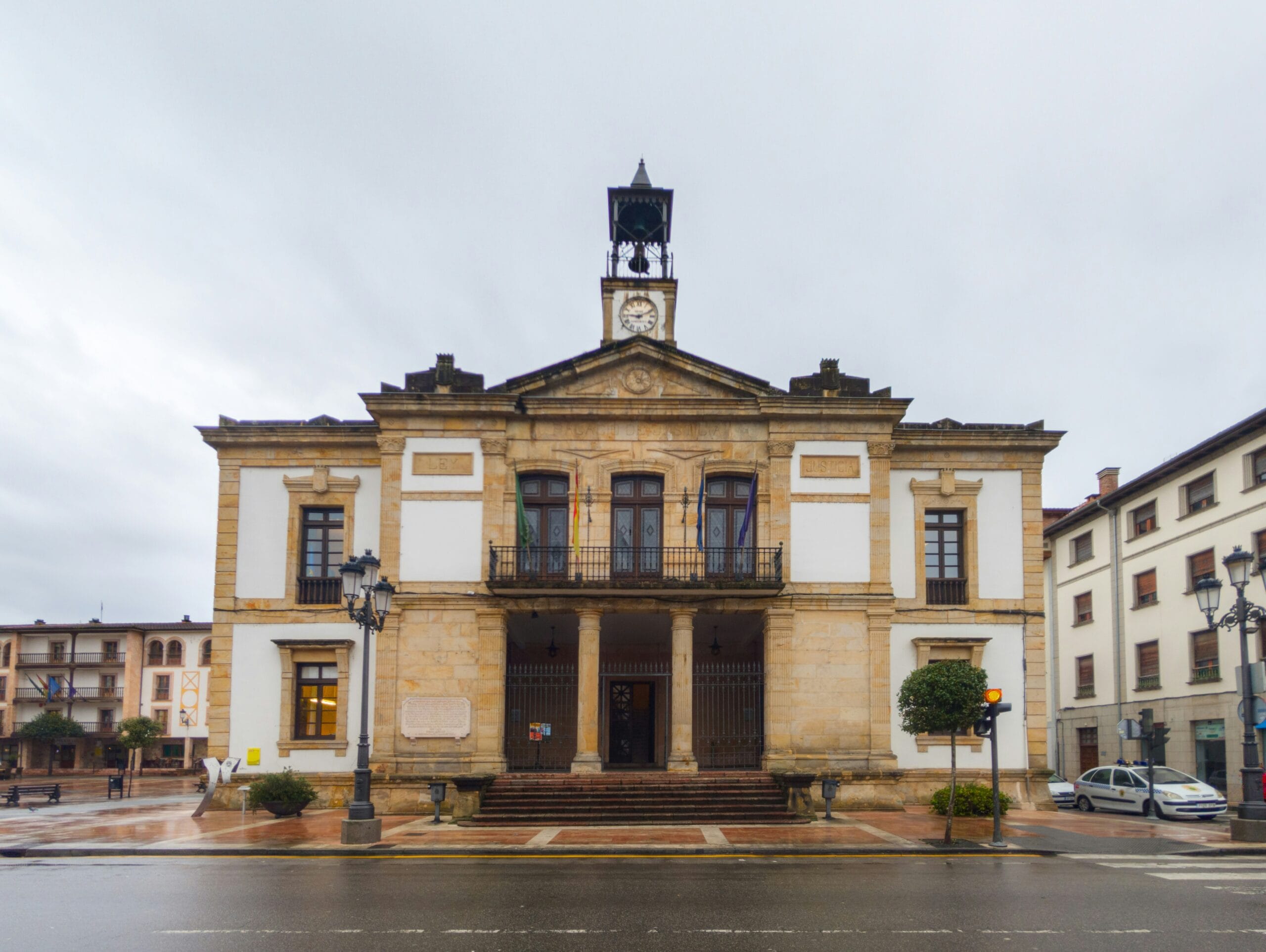A Historical Overview of White Bear Lake
White Bear Lake, located in Washington County, Minnesota, has a rich historical narrative that traces back to its establishment in the mid-19th century. Originally inhabited by the indigenous Dakota and Ojibwe people, the area became a popular destination for early European settlers in the 1840s. The influx of settlers was largely driven by the promise of fertile land and the scenic beauty of the lake, which was later pivotal in shaping the community’s identity.
The formal establishment of White Bear Lake as a township occurred in 1857 when it was officially recognized. During the late 1800s, the area began transforming into a leisure destination, attracting tourists from the Twin Cities, who sought to enjoy its natural beauty during the summer months. The advent of the railroads further facilitated this growth, making it easier for visitors to arrive and prompting the development of hotels and cottages. This period marked the construction of many residences, some of which are among the oldest still standing today.
Over the decades, White Bear Lake has experienced a series of significant events that have sculpted its character. The economic boom from tourism in the late 19th and early 20th centuries allowed for a flourishing community rich in cultural and architectural diversity. The structures built during this time showcase the architectural styles that reflect the values and aspirations of the residents, ranging from Victorian mansions to rustic cabins. Such diversity in architecture not only serves aesthetic purposes but also reinforces the significance of the area’s heritage.
In the contemporary era, White Bear Lake has endeavored to preserve its historical charm while promoting modern development. The oldest residences in the area are a testament to the town’s storied past and offer an insightful glimpse into the lives of those who shaped the community. Understanding the history of White Bear Lake provides essential context for appreciating the architectural landmarks that continue to define the locality.
The Oldest Residences: Architectural Styles and Features
Washington County, particularly in the region of White Bear Lake, is home to a remarkable collection of historic residences that reflect an array of architectural styles and unique features. These homes, some of which date back to the mid-19th century, serve as captivating representations of the evolution of building practices and aesthetic preferences in the area. Each structure not only tells the story of its original owners but also embodies significant milestones in local architectural history.
One of the earliest styles evident in the area is the Greek Revival, characterized by its symmetrical façade, tall columns, and a pedimented gable. A prime example is the Smith House, constructed in 1855, originally owned by prominent local merchant John Smith. This residence showcases the grandiosity typical of this style, emphasizing strength and democracy, which were key ideals of the time. Remarkable renovations have preserved its historical integrity, making it a focal point for architectural appreciation in Washington County.
In addition to Greek Revival, the Victorian style became prevalent in the late 19th century, featuring intricate wooden details, vibrant colors, and asymmetrical shapes. The Johnson House, built in 1890, exemplifies this style with its elaborate embellishments and expansive porch. Originally owned by the Johnson family, this residence underwent significant renovations in the early 2000s, expertly preserving its whimsical character while incorporating modern amenities.
The Arts and Crafts movement also left a mark in Washington County’s historical residences. The Roberts Home, constructed in 1915, showcases the typical horizontal lines, overhanging eaves, and extensive use of natural materials associated with this style. This residence reflects a philosophy that values craftsmanship, simplicity, and harmony with nature, making it a distinctive architectural gem in the region.
Overall, these oldest residences in Washington County illuminate the rich tapestry of architectural heritage, each telling a story through its design and the lives it has sheltered. Their preservation provides invaluable insight into the community’s past, celebrating both the individual homes and the broader historical context they inhabit.
Notable Residents and Their Stories
White Bear Lake, a picturesque community in Washington County, MN, has been home to numerous individuals and families who have significantly influenced the region’s history. Among these notable residents is the pioneering family of John and Mary Thompson, who arrived in the area in the mid-1800s. John Thompson, a carpenter by trade, contributed to the construction of many local buildings, including the original town hall. His commitment to his craft and the community laid a solid foundation for future development in White Bear Lake.
Another remarkable figure is George W. Hall, a prolific local businessman known for his contributions to the lumber industry. Hall’s lumberyard became a vital resource for many home builders in the late 19th century, facilitating the rapid growth of the area. His entrepreneurial spirit not only honed his own success but also provided employment opportunities and boosted the local economy. Anecdotes from residents recount how Hall was often seen actively engaging with local youth, encouraging them to pursue vocational training in trades that could support the burgeoning community.
Equally noteworthy is the Smith family, whose homestead is one of the oldest surviving residences in White Bear Lake. The Smiths were known for their generosity and extensive community involvement, particularly in the establishment of local schools and churches. Family lore reveals that their home often served as a gathering place for community meetings and social events, fostering a strong sense of unity among the residents. Their legacy of volunteerism continues to inspire current generations, as many descendants remain active in various civic efforts.
These stories of personal triumphs, community contributions, and the everyday lives of these residents provide an intimate glimpse into the rich tapestry of history that defines White Bear Lake. By examining the connections between notable families and their historic residences, we craft a deeper understanding of how individual lives shape a community’s legacy.
Preservation Efforts and Modern-Day Relevance
The preservation of historic residences in Washington County, particularly in White Bear Lake, remains a focal point for community and cultural identity. As newer developments arise, it becomes increasingly essential to protect these old homes, which serve as a tangible link to the area’s past. Local organizations and preservation societies play a crucial role in advocating for the maintenance and restoration of these structures. Their efforts not only aim to conserve the aesthetic and historical value of these homes but also to educate the public about the region’s rich heritage.
One prominent organization involved in these efforts is the White Bear Lake Area Historical Society. This group actively promotes awareness about local history through various initiatives, like guided tours, workshops, and educational programming. They seek to engage residents in recognizing the significance of maintaining these historic residences, thereby fostering a sense of pride and belonging within the community. Efforts are often supported by grants that specifically target heritage preservation and community revitalization projects.
Preserving these structures is not only about safeguarding the past but also ensuring their relevance in modern-day life. By integrating historic homes into a contemporary urban framework, community planners can create balanced neighborhoods that respect history while accommodating modern needs. Adaptive reuse of these buildings into functional spaces, such as cafes, offices, or community centers, allows for their continued use and appreciation. This blend of historical significance with everyday functionality contributes to the unique character of White Bear Lake, attracting both residents and visitors who value the charm and story behind these old residences.
As Washington County navigates through challenges brought about by development and modernization, the efforts to preserve historic homes underscore their importance, ensuring that future generations can experience and appreciate the rich tapestry of local history intertwined with contemporary living.



0 Comments